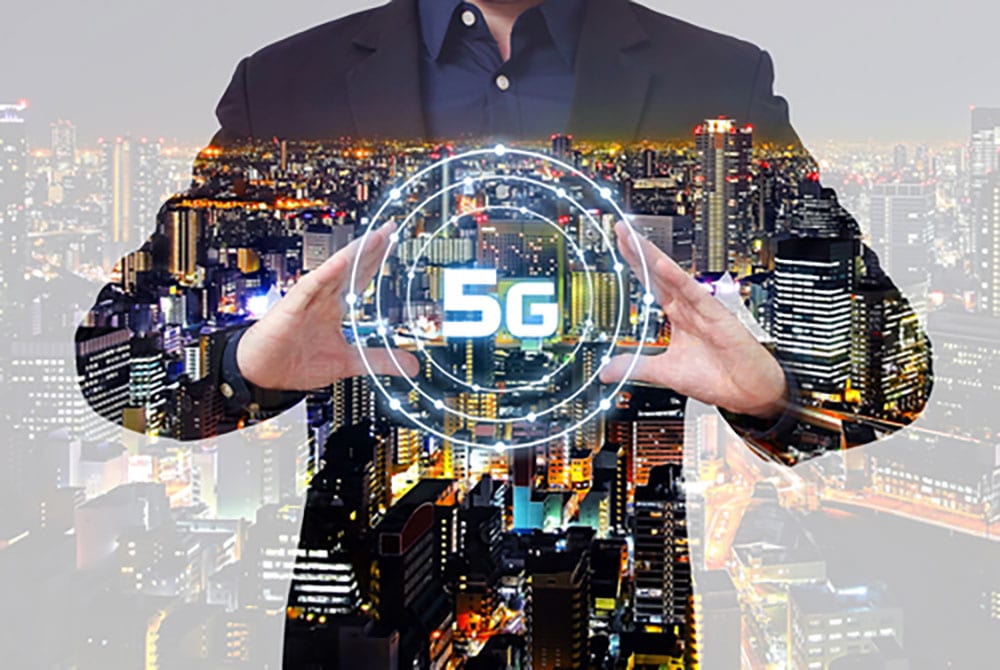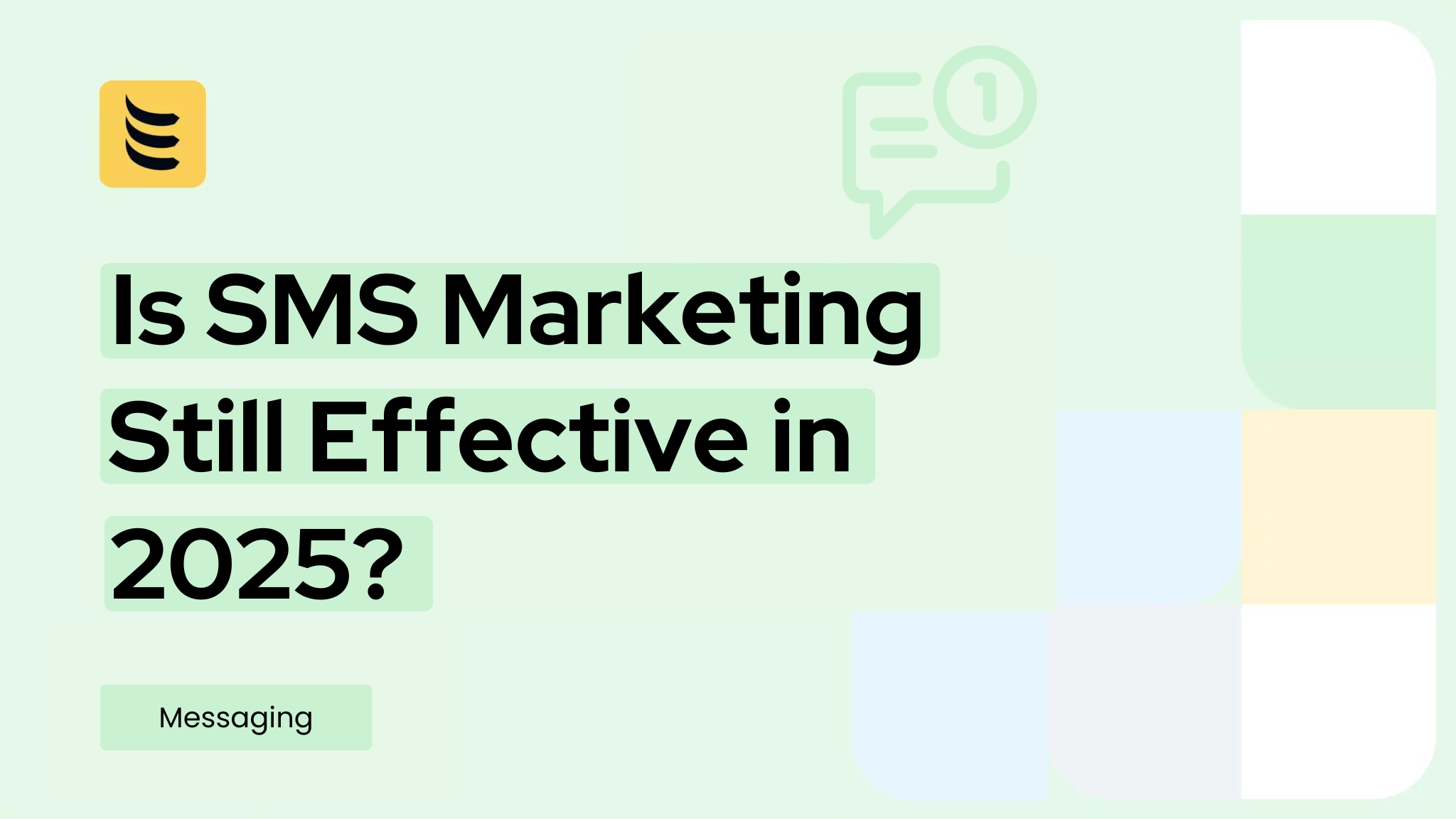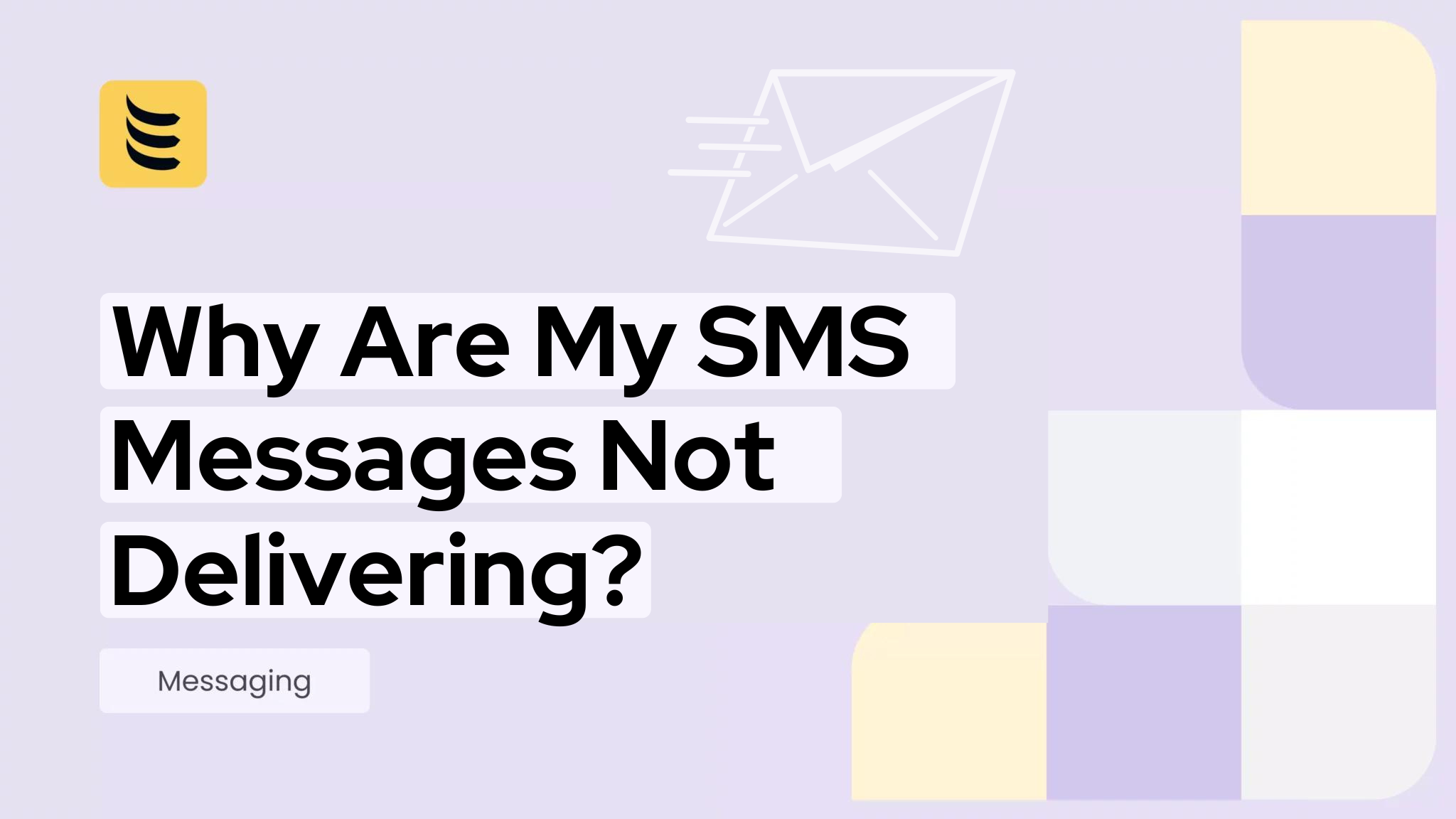The evolution of the smartphone and other mobile devices has taken place far more rapidly than for many other technologies, and changes continue apace as we move into 2018. The days of using painfully slow and limited 3G data connections while we impatiently wait for the 4G upgrade to come are now thankfully a distant memory. Most people take it for granted that they can download the latest app in a split second or stream video on-the-go.
The advent of 4G LTE gave us speeds roughly ten times faster than 3G and brought with it far more benefits than faster internet speeds on our smartphones. The speed of 4G also meant that we could access VoIP calling on all our devices at last, with mobile applications available not just on our phones but on all mobile operating systems. It is commonplace for phone carriers to integrate VoIP into the dialler application along with normal calls. Moreover, technologies are available from many operators that can handle a call over a 4G data connection, cellular network or WiFi as required.
What will 5G mean for VoIP for Business?
To make a VoIP call we need access to two things: a VoIP account and an internet connection. We can sign up for an account in five minutes or less but it is still not always a given that we can get access to an internet connection fast enough for VoIP from our mobile device. This was all but impossible with 3G but solved to some extent with 4G. For consumer VoIP calls, 4G is certainly adequate, but it is not always sufficiently robust for businesses. Thankfully, services such as IDT Express offer global VOIP connectivity and market leading rates, allowing businesses to fully exploit the capabilities of the current technology. So how will the next step into the realm of the 5G data connection help to improve things further for business?
It is predicted that 5G will give speeds up to twenty times faster than currently available. But again, speed is not the only benefit. With the use of 5G technology, there is a fundamental change in how bandwidth is used. With 4G, a set amount of bandwidth is assigned in each direction by a network provider and this is fixed regardless as to the traffic being handled. With 5G technology, this can be adjusted so if there is congestion in one direction, bandwidth can be used from the other direction using a combination of software and hardware. Businesses and consumers alike now demand high speeds as a necessity rather than a luxury. As more devices come online every year, this ability to adjust bandwidth allocation ‘on the fly’ and increase range and speed will become increasingly important.
5G will open up potential opportunities for organisations moving to VoIP as internet speeds and bandwidth will no longer be a constraint. The way in which both employees and external contacts can communicate will be streamlined and higher quality audio will be available for many calls. The improved efficiency of bandwidth management may also reap benefits for companies who use video conferencing and group audio calling. It is likely that the number of possible participants will be increased, that the quality of video will be improved and buffering reduced. Data-heavy applications will also see improvements, with increased speed and reduced lag.
Just as the move from 3G to 4G LTE saw new services being created, the jump to 5G will see organisations finding new ways to integrate video conferencing or calling into the daily lives of employees and partners. Exciting and creative new developments with the use of augmented or virtual reality will become more commonplace.
5G technology will also help to connect those in remote or hard-to-access locations and businesses and consumers in rural areas. Current connections have left some geographic locations under-served and alternatives are often uneconomic.
What is needed before calls can be made on 5G?
5G technology offers many exciting possibilities and seemingly endless potential promise for the future – but it isn’t here yet. There is a long way to go before 5G becomes a real alternative to existing connections and many things need to be implemented before businesses and consumers alike can start to benefit. Hardware and software in our mobile devices, radio chipsets, antenna and so on will all need to be able to use 5G and field trials are still being monitored by carriers.
An official roll-out date is yet to be announced and is believed to be some way off. At the present time, it is expected that 5G will start its global roll-out in 2020 and that by 2021 there could be 24 million subscribers. When it does come, the potential is huge and it will be very exciting to see the new applications and work practices that emerge.




